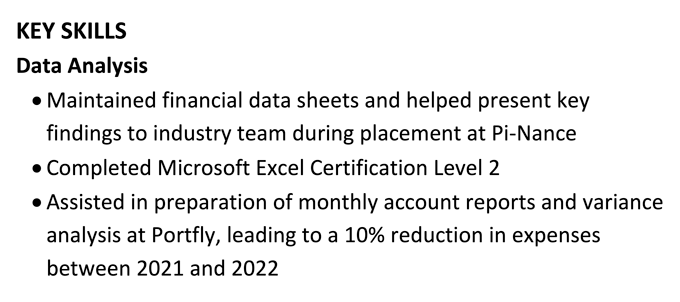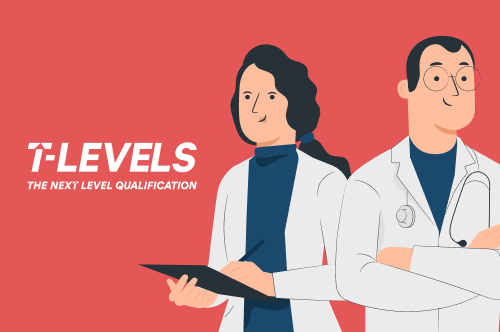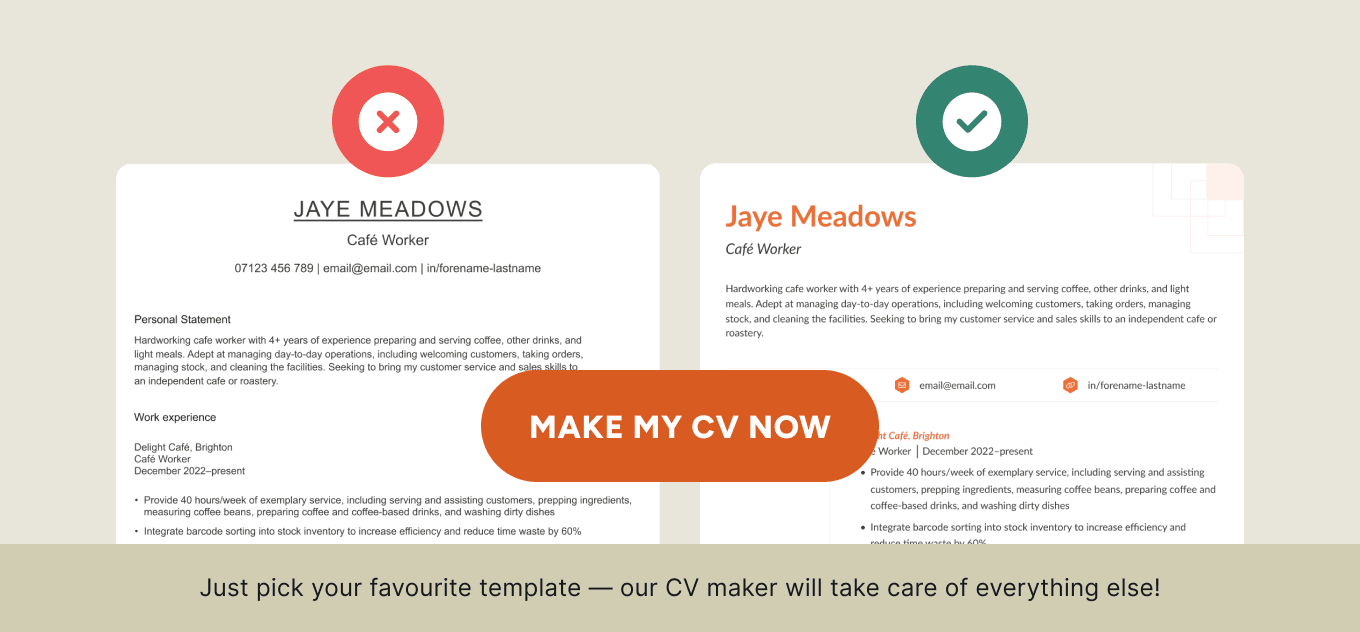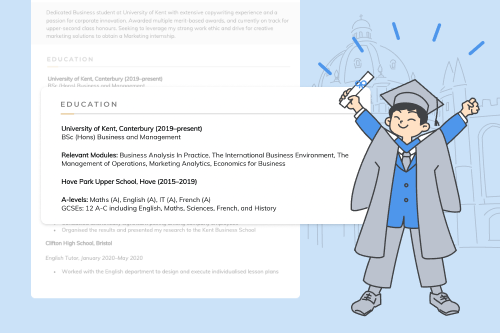T Levels are a two-year qualification for 16 to 19 year olds in the UK. They combine classroom education with on-the-job training in the form of a 315-hour (roughly 45-day) work placement.
Like A Levels, T Levels are part of further education. One T Level is equivalent to three A Levels.
They’re professionally focused and designed to prepare students for specialisation in an industry rather than work in a specific trade. Additionally, UK universities widely accept T Levels as suitable for entry to higher education.
T Levels were introduced in September 2020. Since then, 16 T Level courses have been launched:
- Accounting
- Building Services Engineering for Construction
- Design and Development for Engineering and Manufacturing
- Design, Surveying, and Planning for Construction
- Digital Business Services
- Digital Production, Design, and Development
- Digital Support Services
- Education and Childcare
- Engineering, Manufacturing, Processing, and Control
- Finance
- Health
- Healthcare Science
- Maintenance, Installation, and Repair for Engineering and Manufacturing
- Management and Administration
- Onsite Construction
- Science
What are T Levels replacing?
T Levels will replace most BTECs, a similar pre-existing qualification.
Both are designed for you if you know you’d like to work in a certain industry but aren’t sure what kind of job you’d like to do.
However, T Level courses are less specialised than BTECs, meaning you’ll have broader professional and educational opportunities after completing your studies.
T Levels also differ in requiring you to complete a work placement as part of your education. Another change is that two written exams are required to pass a T Level, whereas coursework is the main method of evaluation for BTECs.
The expanded informational aspect of T Levels means that they’re seen as more suitable standalone qualifications for higher education. Meanwhile, the work placement means they can help you accumulate professional experience and skills you can put on your CV.
Remember to also make a cover letter that expands on the skills you list on your CV.
T Levels versus apprenticeships
T Levels are a bridge between BTECs and apprenticeships because they require you to complete a work placement but feature more classroom time than apprenticeships do.
Apprenticeships are ideal if you want to work in a specific trade and are ready to join the workforce at 16. T Levels, on the other hand, equip you with broader theoretical knowledge so that you have more varied options after completing your education.
Of course, this means that as a T Level student you’ll accumulate fewer hours of work experience than an apprentice will, which affects how T Levels should be presented on your CV.
Where to put T Levels on a CV
Your T Levels are a school leaving qualification, so you’ll want to include them as part of your CV’s education section when you start writing your CV.
Writing a CV is time-consuming. If you’re running out of time to apply, make your application with an online CV builder that only takes a few minutes to put together your CV.
As T Levels are a new qualification, there’s no rule about how you should present them on your CV. However, careful CV layout choices can help highlight core skills you developed during your T Level course.
Under the name of your T Level, list core topics that are relevant to the position you’re applying for. Listing relevant topics will be helpful to the employer, as they may be unfamiliar with T Levels.
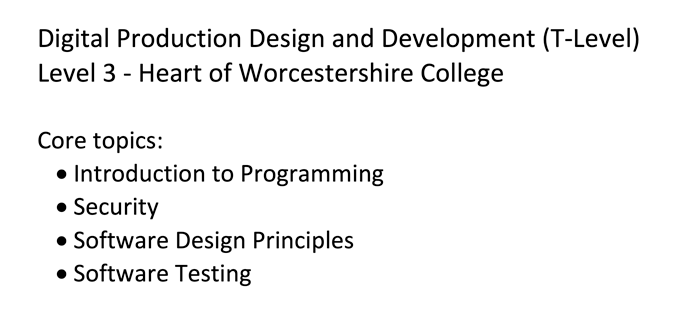
Highlighting your T Levels skills
The work experience and industry knowledge you acquire through a T Level qualification can help you secure a job. There are a couple of format tricks you can use to highlight your valuable T Level skills for hiring managers.
1. Include important T Level skills in your personal statement
Your CV’s personal statement introduces your expertise, work experience, and key strengths. If you’re a school leaver or still in college, these skills and experience will likely be related to your T Levels.
Unsure what to include in your CV as a school leaver or recent graduate? Learn how to write a CV with no experience that gets you the job you want.
Key modules and work placement achievements can be great additions to your personal statement — if they’re highly relevant to the job you’re applying for. Your modules and work placement accomplishments will give you an edge over applicants who lack practical industry experience.
2. Feature your work placement in your work experience section
A major advantage of T Levels is the fact that they allow you to get practical industry experience not accessible as part of most other further education qualifications.
You should list this experience in your work experience section to make it clear to the employer that you have developed practical skills and not just classroom knowledge of the position.
List your work placement as you would any other job, following your position, company, and the dates of your placement with three to four bullet points detailing relevant achievements, responsibilities, and any skills you developed on the job.
3. Foreground your T Level skills with a skill-focused CV format
Skills-based CVs (also known as functional CVs) are ideal if you’re starting a new industry or have some, but not much, formal work experience. In other words, they’re perfect if you have a T Level.
Consider what relevant practical skills you mastered through your placement and school projects.
List these in your CV’s key skills section, which appears on your CV after your personal statement.
Your key skills section should include three to five skills, each of which should be followed by a few bullet points that showcase examples of you using them to accomplish tasks and projects at school or during work placements.
